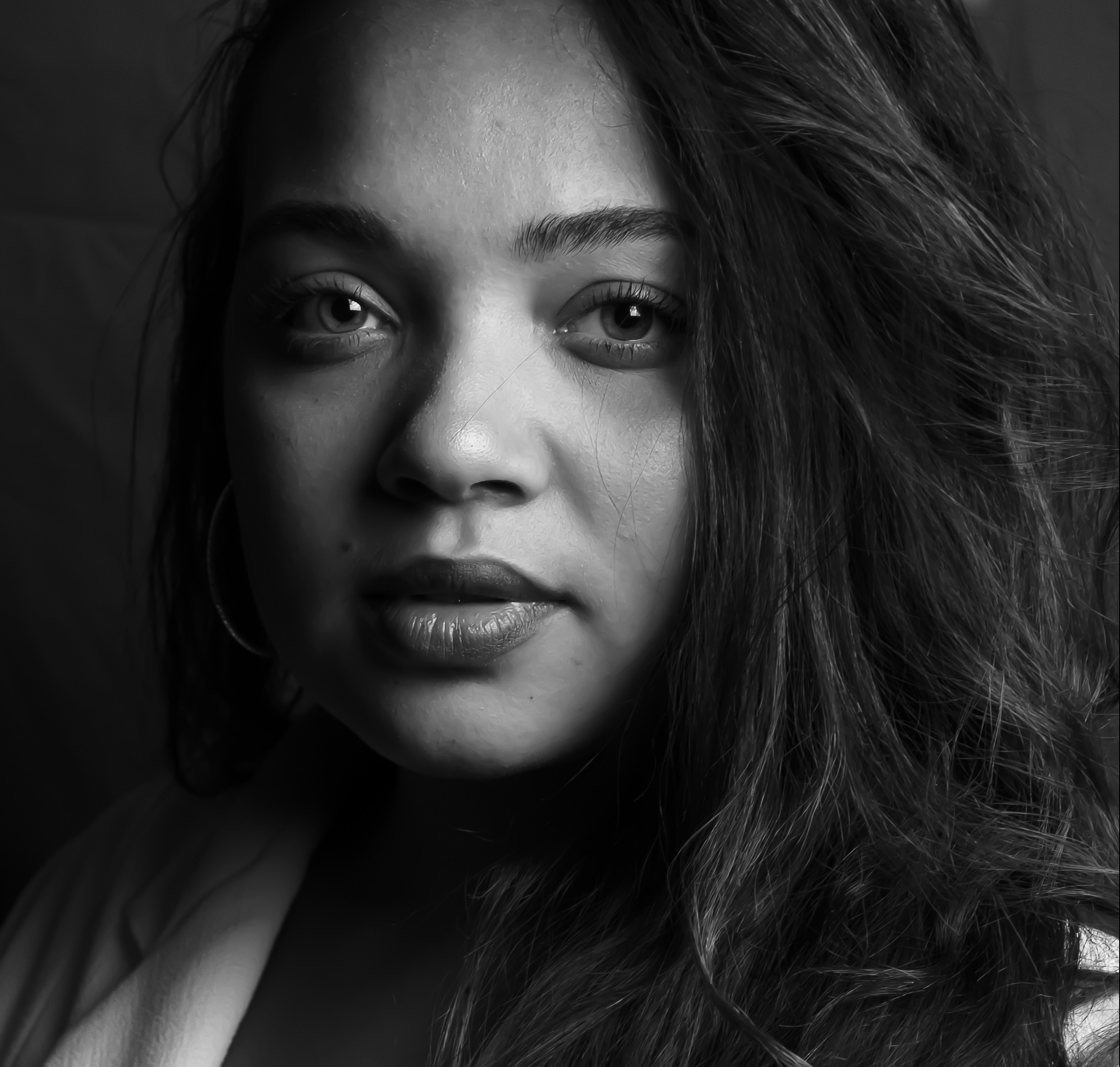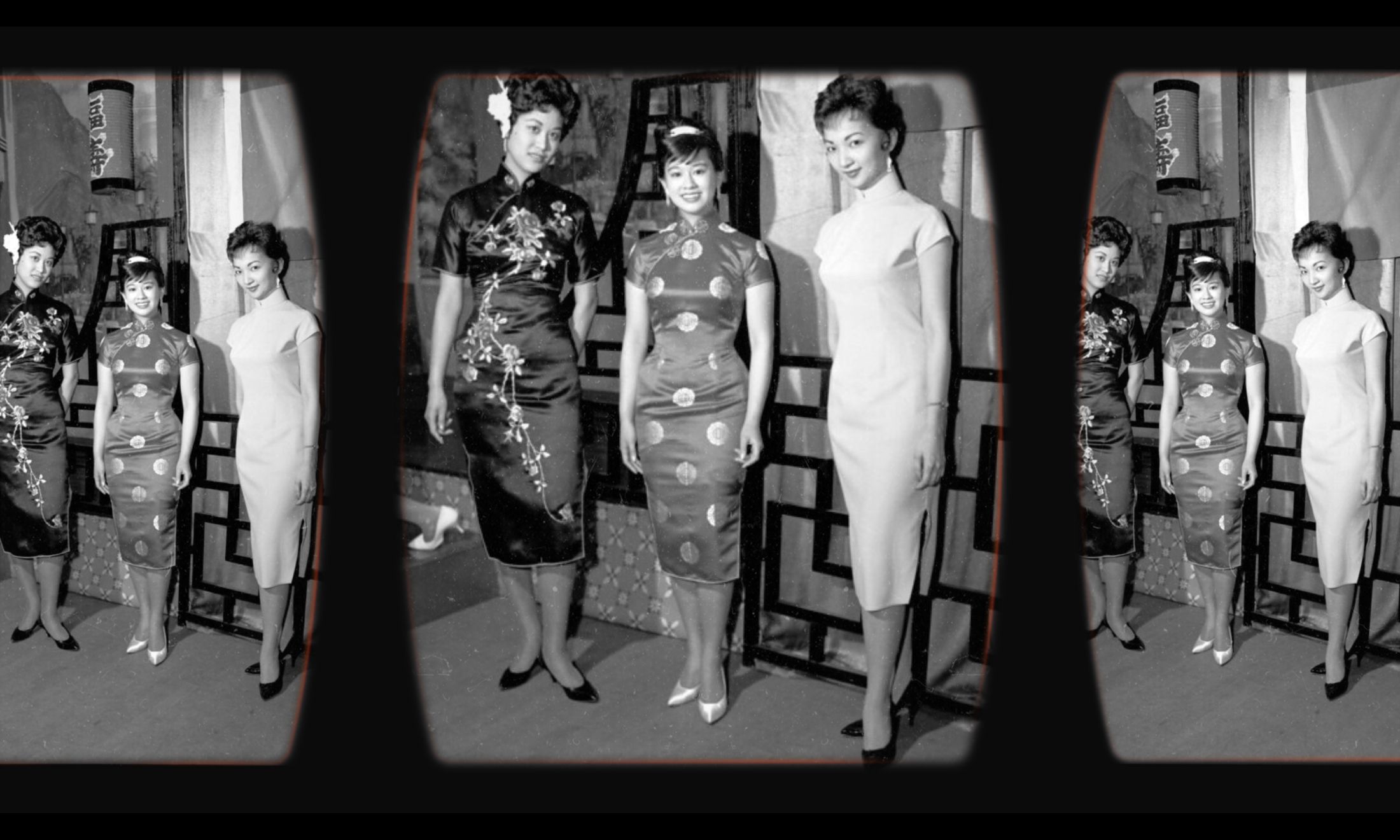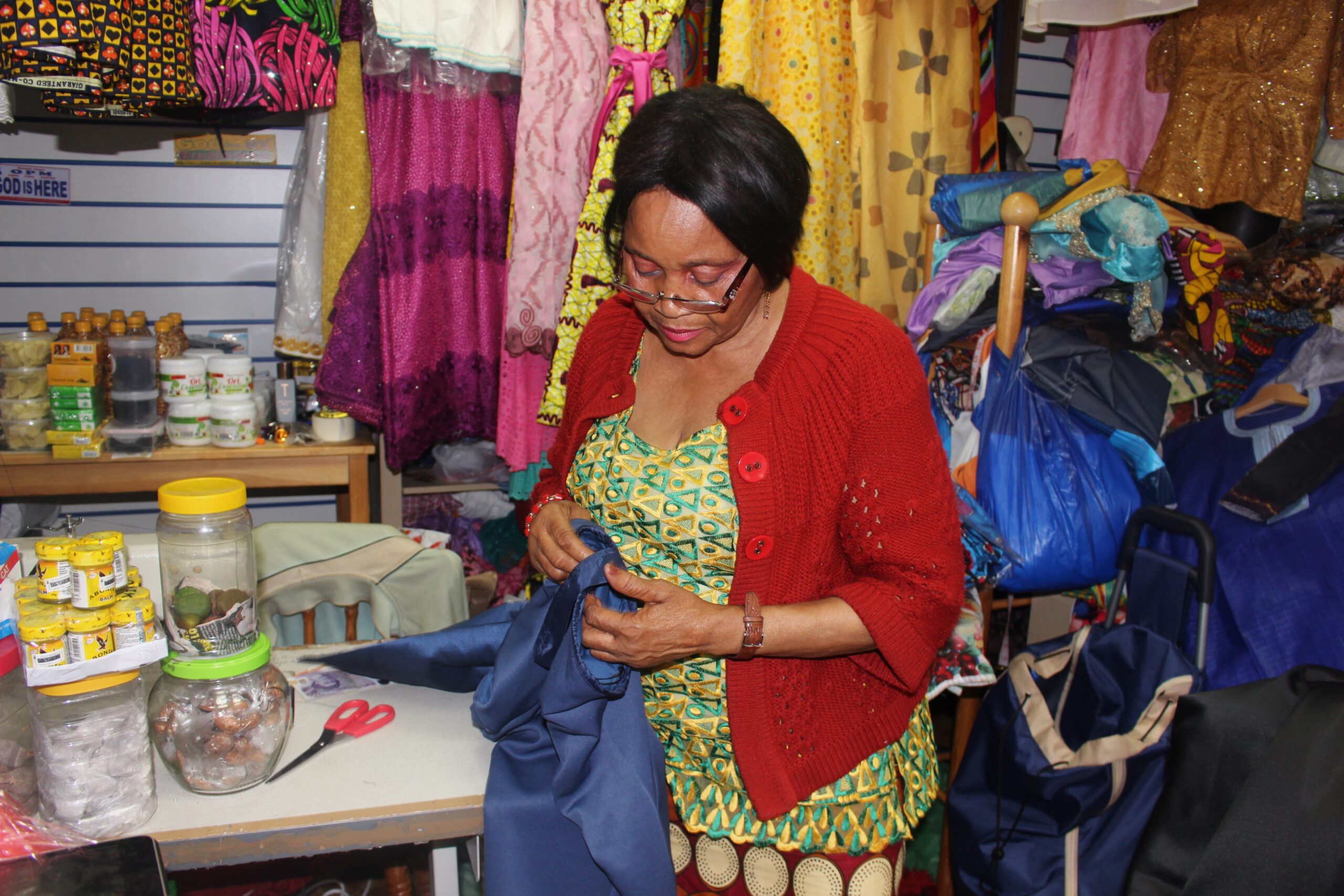
gal-dem in conversation with plus size model Lauren May: ‘There’s still progress to be made’
Savannah Small-Swaby
24 Mar 2016
I’ve always felt as though plus size fashion brings forward debates involving the fashion industry that can – at times – appear as though they’re taking one step forward yet two step backwards.
Instead of creating a modelling agency that caters to all girls of all sizes under the same umbrella, we’ve seen fashion agencies since the 1970s (such as Ford, Wilhelmina and Muse Model Management) create a “plus size” division in their company as their own way to cater for the demand that clearly the public are longing to see, but also exhibits another way to segregate. By allowing themselves to appear “weight specific”, it makes their companies appear more desirable; catering for a niche market that the fashion industry have essentially created themselves.
Earlier this year I had the opportunity to speak with British plus size model Lauren May to get a first-hand account of what it’s really like to work in one of the toughest industries, as a plus size model of colour. Lauren entered the plus size modelling industry in 2014 through winning first place in a competition run by ASOS and Models 1 to find the next successful Plus Size model.
Despite the fashion industry appearing slightly more accepting to the idea of diversity, Lauren admits that the pace of progress is too slow for her liking. A lot of the work Lauren is getting this year will mainly be abroad, (she’s signed on to Curve Management in Germany and Trend Models in Madrid), as most of the money for models – particularly plus size – isn’t in the UK. This is despite the fact that she’s currently working for British brand Dorothy Perkins.
‘Lauren realised that a lot of the attention she received was from the US, bringing forward perhaps, how much more advanced they are than the UK at accepting diversity in this particular area.’
The fact there is more work abroad became clear when Lauren won the ASOS x Models 1 competition. Lauren realised that a lot of the attention she received was from the US, bringing forward perhaps, how much more advanced they are than the UK at accepting diversity in this particular area.
“There’s a girl called Philomena, she’s beautiful but now she’s in America,” says Lauren.
Philomena Kwao is probably one of the most popular British plus size models, but the UK hardly see or promote her in any kind of way, which suggests why she has now moved stateside to work.
‘But representation for plus size women of colour is very rarely publicised, and by the media using Ashley Graham almost as a poster girl for plus size women suggests that this is the only type of plus size woman we should see within the fashion industry.’
The USA’s acceptance of plus size models is also reflected in the success of American plus size model Ashley Graham, who recently became the first plus size model to appear on the cover of Sports Illustrated. However, this battle is not yet won because Graham seems to be the only name that’s managed to go global in this area. This isn’t to say that Graham doesn’t deserve to be where she is, she’s fought tirelessly for the Plus Size industry. But representation for plus size women of colour is very rarely publicised, and by the media using Ashley Graham almost as a poster girl for plus size women suggests that this is the only type of plus size woman we should see within the fashion industry. For many, growing up it was always understood that women of an ethnic background – especially African and Caribbean women – were naturally curvier, even when of a slim build. The plus size industry is almost made for these women yet we struggle to see their face.
When discussing the issue of race with Lauren, she explained her experiences as a mixed race model were not exactly what certain parts of world would “apparently” want to see. “ASOS Curve never have any black girls on there. When an agency from Australia came over they were going through my book and saying ‘ahh yeah I really love this image’ but then they said ‘I really like you but in Australia there’s not any black models, there’s a couple on our board and that’s it.’ I just don’t think Australia have caught up. They’re quite far behind with their fashion compared to us. The agency even said that fashion and race wise they’re far behind. They said I was a beautiful model but didn’t think that I would do well over there and I knew that as soon as I went in.”
Fashion expert and previous editor-in-chief of ID magazine Caryn Franklin raised key points when appearing in ID’s recent Youtube series “Size Matters”. Franklin mentions that “we’re not saying that a young thin white model isn’t beautiful, but what we are saying is that there is a much bigger spectrum”.
We finally have a door in the industry where the conventional size two is not always permitted yet once again, we seem to be struggling to find the necessary diversity and representation of what we see daily on the streets.
With regards to the terminology when referencing plus size models, Lauren states that the word “curve” is a lot more appealing to her than plus size as it prevents women from being completely put into a box. However, from speaking with Lauren, it was clear that for her as a model, it’s less about the words and more about the platform and opportunity she has now been given, along with the confidence she can maintain whilst doing it.









